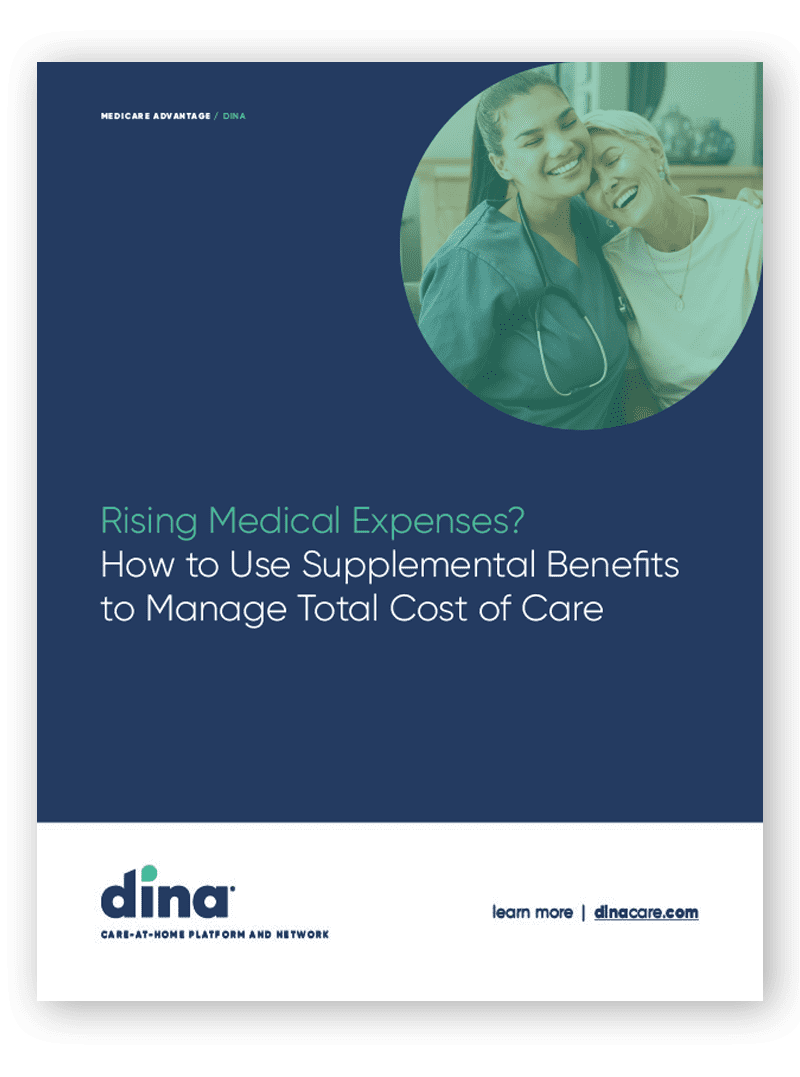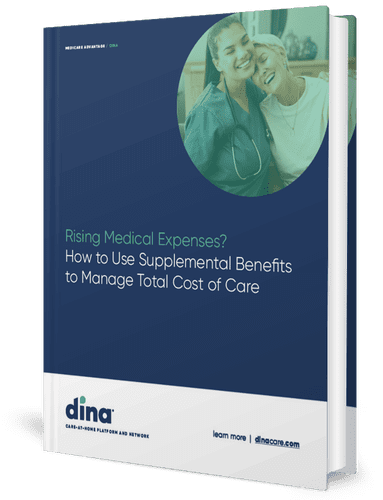
Providing care and services to people following a hospital stay or during an extended illness is critical. But timely access to home-based care remains a massive problem. For health plans and providers, the process often involves intricate workflows, multiple healthcare IT systems, and continuous communication with multiple providers.
To reduce this complexity requires a new level of interoperability, integration and responsiveness.
New API Streamlines Integration
To that end, Dina has made two significant updates to its platform. First, Dina launched a suite of new capabilities within its integration toolkit–the Dina API–to streamline the integration of utilization management and care management systems.
This enables users to initiate the referral process directly within their own systems.
The API interaction includes member demographics and referral request specifics, removing the need for manual data entry. It provides real-time status updates once referral requests are submitted, keeping providers informed and engaged.
This reduces the time needed to start scheduling services by allowing users to stay within the systems they already use for managing care.
“This reduces the time needed to start scheduling services for members by allowing users to stay within the systems they already use for managing care,” said Ross Lipenta, senior vice president at Dina.
Workflow Automation Accelerates Referral Process
Building on the efficiency and the embedded nature of the Dina API, a new workflow automation engine significantly accelerates the traditional steps in the coordination process. This feature operates on a rules-based configuration that automates responses for service requests.
Today, coordinators have to chase down providers for referral responses and then contact them again to notify them of the outcome. The referral automation feature allows health plans to implement their business rules into Dina’s coordination workflows, effectively streamlining and standardizing the process.
“This automated process helps coordinators get services to members faster and strategically drives volume to high-quality providers,” said Jacqui Taub, Dina’s senior product manager.
Here’s How it Works: 4 Steps
- We start with a health plan’s rules around network steerage and provider engagement.
- Next, health plan care coordinators work with members to identify needs.
- Referral workflows are triggered based on predetermined rule sets. This is accomplished within the systems that coordinators already use for managing care.
- People receive timely access to care and benefits.
“We know that when we activate the right care at the right time with the right provider, we set the stage for good things to happen with members,” said Lipenta.

Rising Medical Expenses?
Don't Cut Benefits!
Instead, see how to drive smart utilization of non-medical benefits to meet your value-based objectives. Download the report "Rising Medical Expenses? How to Use Supplemental Benefits to Manage Total Cost of Care" to learn more.





